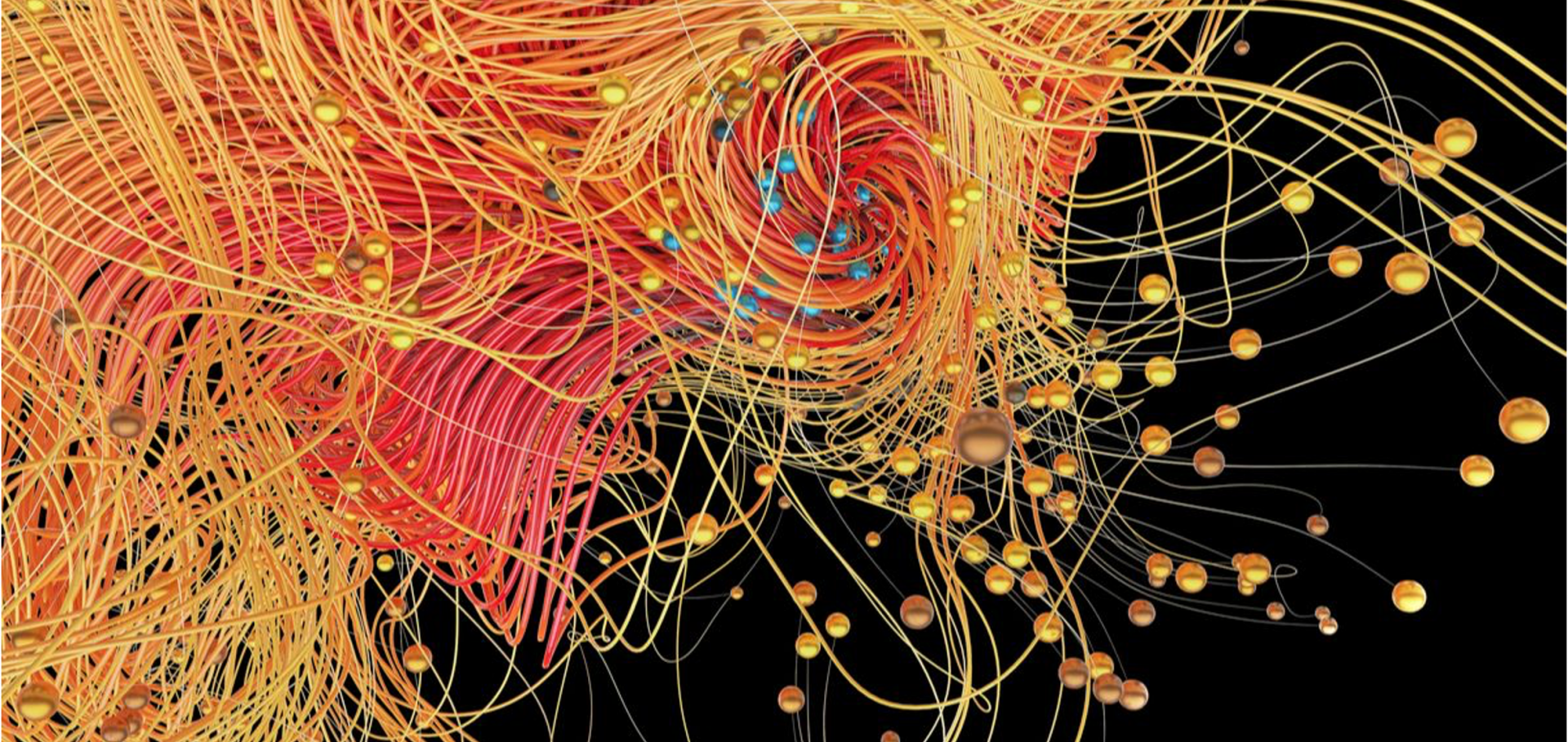Structural and magnetic ordering in Pr0.65(CaySr1-y)0.35MnO3: "quantum critical point" versus phase segregation scenarios
ArXiv cond-mat/0206082 (2002)
Abstract:
The phase diagram of Pr0.65(CaySr1-y)0.35MnO3, 0.6 <= y <= 0.8, has been determined by neutron diffraction, magnetization and electrical conductivity measurements in order to investigate the nature of the transition between ferromagnetic metallic and charge-ordered insulating states near y=0.75. Two possible scenarios for this transition have been proposed: a "quantum critical point"-like feature, near which an associated charge-disordered paramagnetic phase is present, or a phase coexistence region. We demonstrate that the latter case is true, phase segregation occurring on a mesoscopic/macroscopic length-scale (several hundred Angstroms to several microns). Our results show that no significant amount of the charge-disordered paramagnetic phase is present at low temperatures. Our data also indicate that the charge-ordered insulator to ferromagnetic metal phase boundary is temperature as well as composition-dependent.Large Anisotropic Thermal Expansion Anomaly near the Superconducting Transition Temperature in MgB2
(2002)
Large Anisotropic Thermal Expansion Anomaly near the Superconducting Transition Temperature in MgB2
ArXiv cond-mat/0205486 (2002)
Abstract:
An anisotropic lattice anomaly near the superconducting transition temperature, Tc, was observed in MgB2 by high-resolution neutron powder diffraction. The a-axis thermal expansion becomes negative near Tc, while the c-axis thermal expansion is unaffected. This is qualitatively consistent with a depletion of the boron-boron s-band as the superconducting gap opens, resulting in weaker bonding. However, the observed anomaly is much larger than predicted by the Ehrenfest relation, strongly suggesting that the phonon thermal expansion also changes sign, as commonly observed in hexagonal layered crystals. These two effects may be connected through subtle changes in the phonon spectrum at Tc.Structural phenomena associated with the spin-state transition in LaCoO3
(2002)
Structural phenomena associated with the spin-state transition in LaCoO3
ArXiv cond-mat/0204636 (2002)



